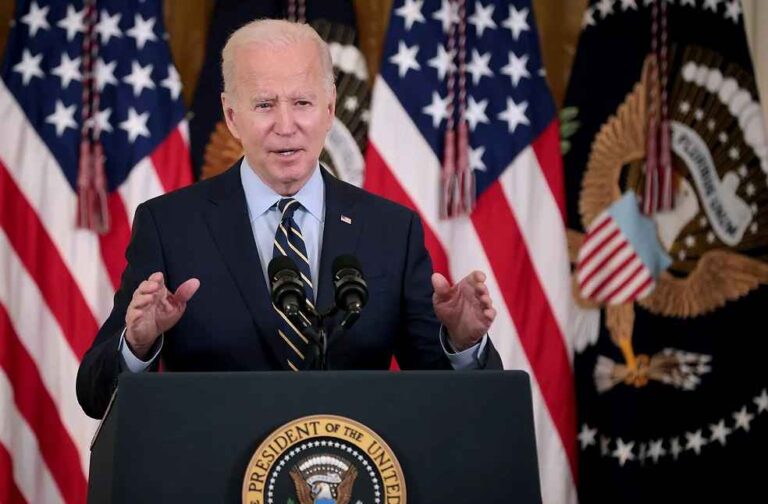The Environmental Protection Agency (EPA) disclosing its pivotal pollution emissions benchmarks for the automotive sector, a move poised to redefine transportation in the United States. These regulations, demanding a seismic shift by 2032 towards electric or hybrid vehicles for new passenger cars and light trucks sales, underscore a strategic pivot towards sustainability within the automotive industry, driven by the imperative to mitigate climate change’s dire impacts.
The adjusted timeline, initiating in 2027 and escalating towards full electrification post-2030, reflects a nuanced balance struck by the Biden Administration. This approach navigates the complex web of environmental urgencies and socio-economic considerations, extending considerations to critical stakeholders such as labor unions and vehicle manufacturers.

This policy shift emerges as a critical juncture in the escalating global environmental crisis. With the planet’s trajectory veering towards catastrophe, transitioning away from gasoline-powered vehicles emerges as an essential countermeasure against the advancing calamities of climate change. This strategy has garnered accolades from diverse quarters, including labor unions previously apprehensive about the employment repercussions of an accelerated pivot to electric vehicles (EVs).
Significantly, the United Auto Workers (UAW) union has endorsed these revised directives, recognizing the EPA’s diligence in reconciling workforce apprehensions with the imperative for an ecologically sustainable automotive future. This endorsement signifies a notable reversal from the previous year, when apprehensions regarding the EV transition withheld the UAW’s support for President Biden’s reelection campaign.
The regulations promise not merely to steer the automotive industry towards an eco-friendlier trajectory but also to catalyze substantial economic and health dividends. Predictions by the EPA suggest these standards will unlock $99 billion in benefits, alongside a $6,000 saving for the average American driver on fuel and maintenance across their vehicle’s lifespan. Anticipated as well, the mitigation of emissions of fine particulate matter and ozone could forestall up to 2,500 premature deaths by 2055.

President Biden lauds these new pollution standards as a keystone of his administration’s environmental agenda, spotlighting the pivotal role of American labor and industry in spearheading the global transition to clean transportation. With the anticipation of new manufacturing facilities, significant private investments, and thousands of union positions, the vision for a zero-emission horizon now propels forward, envisioning a cleaner, more healthful planet for future generations.
The EPA’s recent enactment marks a courageous stride towards reconciling economic advancement with ecological stewardship, exemplifying the United States’ vanguard role in the international platform against climate change. As the globe observes, the nation embarks on a journey to revolutionize its auto industry, fostering innovation and charting a course for a habitable earth.
EV WORLD | MG Motor, JSW Unveil Electric Cyberster: Electrify 2024 With Sleek Design





